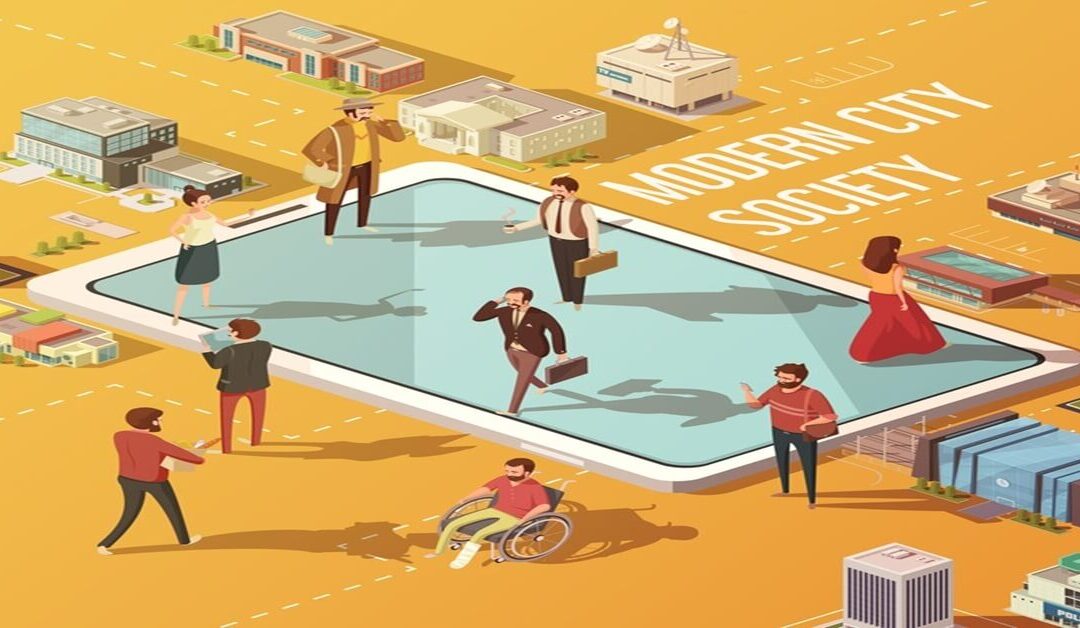Social mobility refers to the movement or change in the social position of individuals, families, or groups within a society. This movement may occur within a single generation (intragenerational mobility) or across generations (intergenerational mobility). The term encompasses the shifts in socio-economic status, which could involve changes in income, education, occupation, or social status.
Origins of the Concept
The concept of social mobility was first introduced by Pitirim Sorokin, a Russian-born American sociologist and political activist, in his book “Social and Cultural Mobility.” Sorokin argued that no society is completely open or completely closed.
1. Open societies(e.g., class systems) allow individuals to move up or down the social ladder based on merit, education, or economic success.
2. Closed societies(e.g., caste systems like in India) restrict movement, often determined by birth and rigid traditions.
Sorokin emphasized that the factors enabling or restricting mobility vary across societies and historical periods. The pace of social mobility is closely linked to the level of development within a society.
Meaning of Social Mobility
Social mobility refers to the movement of an individual or group from one social status to another. It highlights changes in socio-economic conditions over a lifetime or across generations.
1. It involves upward or downward movement within a society’s social hierarchy.
2. It reflects changes in income, occupation, education, or lifestyle.
3. It reveals how opportunities or barriers in a society influence people’s potential for advancement.
Definitions of Social Mobility
1. Lipset and Bendix:
“Social mobility is a process by which individuals move from one position to another between such hierarchical arrangements found in every society.”
2. Giddens:
“Social mobility refers to the movement of individuals and groups between different socioeconomic positions.”
3. Wallace and Wallace:
“Social mobility is the movement of a person or people from one social status to another.”
4. Haralambos:
“Social mobility refers to the movement of an individual or their family from one social stratum to another.”
5. Goldhammer:
“Social mobility is the movement of individuals, families, and groups from one social position to another.”
Types of Social Mobility
1. Horizontal Mobility:
Movement within the same social stratum (e.g., a teacher becoming a principal in the same school).
2. Vertical Mobility:
Movement up (upward mobility) or down (downward mobility) the social hierarchy (e.g., a factory worker becoming an entrepreneur or vice versa).
3. Intragenerational Mobility:
Social mobility that occurs during an individual’s lifetime.
4. Intergenerational Mobility:
Mobility observed between generations, such as children achieving a higher socio-economic status than their parents.
5. Structural Mobility:
Changes in social structure that create opportunities for mobility, such as economic growth or technological advancement.
Social Mobility in the Indian Context
1. Caste System:
Historically, the caste system restricted mobility, with individuals confined to the social status they were born into.
2. Education:
The expansion of educational opportunities has played a significant role in enabling upward mobility, particularly for marginalized groups.
3. Urbanization and Industrialization:
Migration to cities for jobs has facilitated mobility by breaking traditional barriers and creating new opportunities.
4. Reservation Policies:
Affirmative action policies, such as reservations for Scheduled Castes, Scheduled Tribes, and Other Backward Classes, have promoted social mobility for historically disadvantaged groups.
Conclusion
Social mobility is a critical indicator of a society’s openness and fairness. It reflects the opportunities available for individuals to improve their social and economic standing. While open societies promote mobility through merit and effort, structural inequalities, such as caste, class, and gender, can hinder progress in societies like India. Efforts to foster education, economic development, and social justice are essential to enhancing mobility and ensuring that everyone has an equal chance to succeed.

